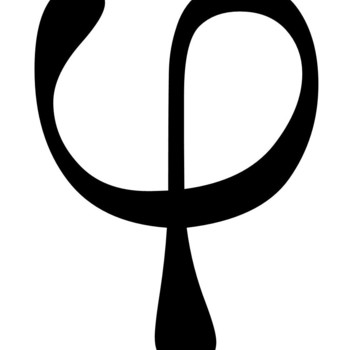The domain is all values of #y# where #y# is a defined function.
If the denominator is equal to #0#, the function is typically undefined. So here, when:
#x+3=0#, the function is undefined.
Therefore, at #x=-3#, the function is undefined.
So, the domain is stated as #(-oo,-3)uu(-3,oo)#.
The range is all possible values of #y#. It is also found when the discriminant of the function is less than #0#.
To find the discriminant (#Delta#), we must make the equation a quadratic equation.
#y=(x^2-x-1)/(x+3)#
#y(x+3)=x^2-x-1#
#xy+3y=x^2-x-1#
#x^2-x-xy-1-3y=0#
#x^2+(-1-y)x+(-1-3y)=0#
This is a quadratic equation where #a=1, b=-1-y, c=-1-3y#
Since #Delta=b^2-4ac#, we can input:
#Delta=(-1-y)^2-4(1)(-1-3y)#
#Delta=1+2y+y^2+4+12y#
#Delta=y^2+14y+5#
Another quadratic expression, but here, since #Delta>=0#, it is an inequality of the form:
#y^2+14y+5>=0#
We solve for #y#. The two values of #y# we get will be the upper and lower bounds of the range.
Since we can factor #ay^2+by+c# as #(y-(-b+sqrt(b^2-4ac))/(2a))(y-(-b-sqrt(b^2-4ac))/(2a))#, we can say, here:
#a=1, b=14, c=5#. Inputting:
#(-14+-sqrt(14^2-4*1*5))/(2*1)#
#(-14+-sqrt(196-20))/2#
#(-14+-sqrt(176))/2#
#(-14+-4sqrt(11))/2#
#+-2sqrt(11)-7#
So the factors are #(y-(2sqrt(11)-7))(y-(-2sqrt(11)-7))>=0#
So #y>=2sqrt(11)-7# and #y<=-2sqrt(11)-7#.
In interval notation we can write the range as:
#(-oo,-2sqrt(11)-7]uu[2sqrt(11)-7,oo)#

